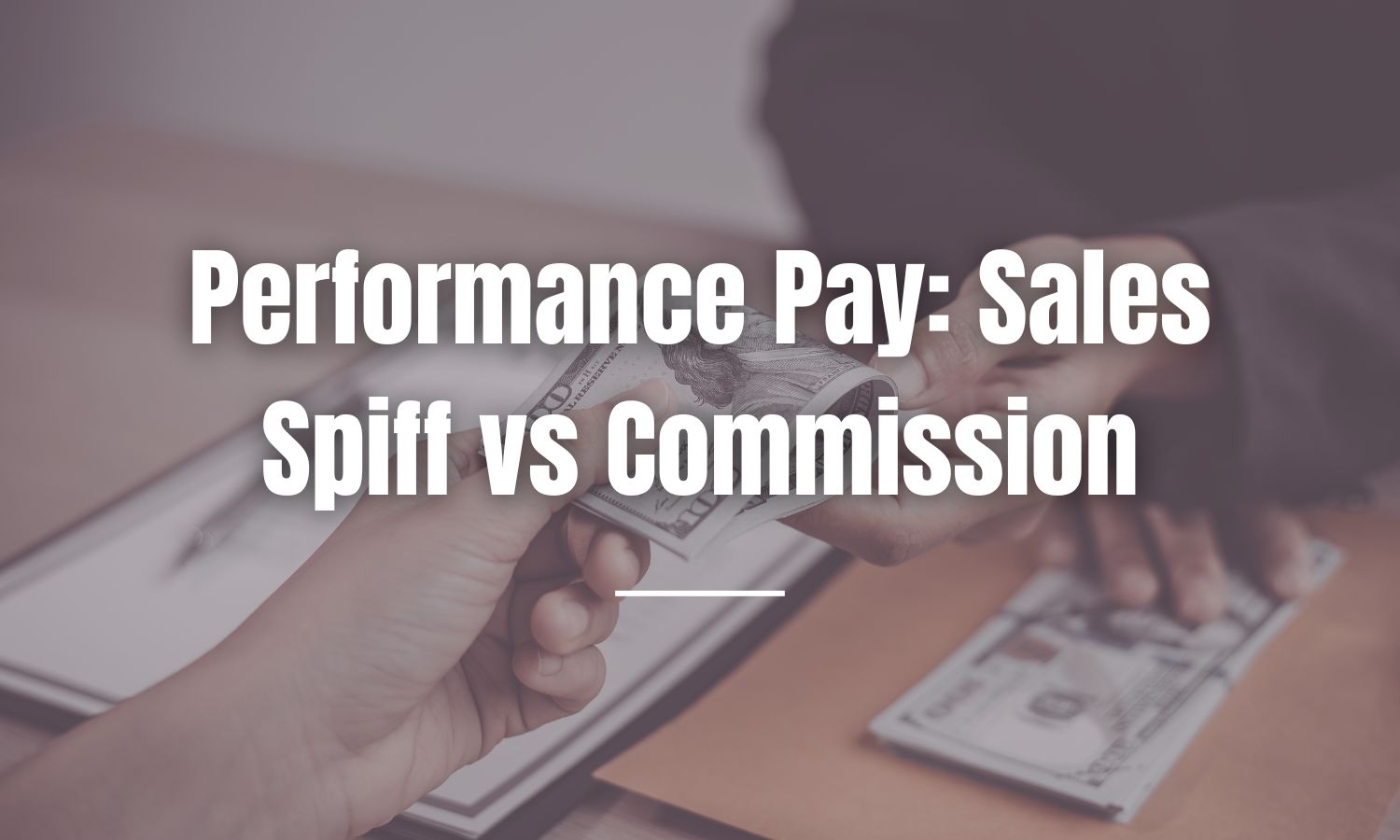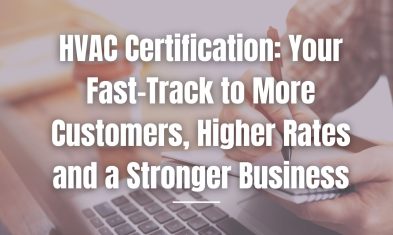If your techs or sales team seem less motivated to hit their numbers—or you just want to push them to go further—performance pay could be the answer.
In field service, that could mean more service agreements sold, higher-margin upgrades offered or add-on jobs booked before leaving the site. The right incentive can make the difference between a “good” day and a record-breaking one.
Why Field Service Businesses Use Performance Pay
The numbers tell the story:
- 68% of employees are unengaged or actively disengaged at work
- 70% of B2B sales reps missed quota in 2024
- 40% of sales teams use AI and Sales Performance Management tools to determine pay
For field service companies, those stats translate into:
- Missed opportunities for upselling in the home
- Service agreements left unsold
- Seasonal slumps that hit revenue harder than they should
Performance pay can help fix that by:
- Boosting tech engagement and retention
- Driving higher revenue without raising everyone’s hourly wage
- Motivating crews to sell high-margin add-ons and upgrades
- Keeping teams focused during seasonal slowdowns
Two Main Types of Performance Pay
1. Spiffs (Sales Performance Incentive Funds)
A SPIFF is a short-term incentive designed to get fast results. In field service, this might be a reward for:
- Selling a certain number of service agreements in a week
- Upselling a high-efficiency water heater or AC unit
- Hitting a one-day add-on sales target during a seasonal promo
Benefits
- Instant Engagement: Rewards are paid out right after the win—keeping momentum high.
- Perfect for Seasonal Pushes: Great for end-of-month goals or pre-peak tune-up drives.
- Flexible Rewards: Cash, gift cards, an extra PTO day or even a tool allowance.
- Faster Payouts: No waiting for quarterly payroll adjustments.
Pro Tip! In-home sales often succeed when rewards feel personal. For example, a 2024 IRF survey found late-career employees (51 and older) prefer drivable weekend getaways over big cash prizes—know your team’s preferences.
2. Commission Pay
Commission is a long-term incentive where team members earn a percentage or flat amount for every sale—often built into their regular pay.
In field service, commissions might be used for:
- Recurring revenue plans (e.g., $50 per maintenance agreement sold)
- Large-ticket equipment sales (e.g., HVAC systems, water filtration systems)
- High-margin add-ons (e.g., duct cleaning, surge protectors)
Benefits
- Sustained Motivation: The more your techs sell, the more they earn—month after month.
- Payroll Control: Payouts align with actual revenue generated.
Consistency: Encourages steady effort toward sales goals year-round.
Which Works Best for Your Service Business?
- Need a fast sales boost? → Spiffs are your go-to.
- Want long-term scalability? → Commissions keep motivation steady.
- Want both? → Many service companies layer them—commissions for ongoing sales, spiffs for urgent pushes like “sell 10 tune-ups this week.”
Keys to a Winning Performance Pay Program
- Set Specific Goals – Define what you want: more service agreements, higher average ticket, faster job completion.
- Show the “How” – Give your team sales scripts, upsell training and product knowledge so they can hit targets.
- Budget Wisely – Plan payouts assuming everyone could win—so you’re ready if your whole team crushes it.
-
- Track Everything – Use the right field service software to monitor sales, ticket sizes and job performance in real time.
Performance Pay Trends to Watch
- AI-Driven Insights: 70% of sales ops pros use AI for real-time advice—great for helping techs upsell in the home.
- Automation Gains: Increased efficiency means you may need to set higher targets.
- Retention First: Pay models are now used to keep skilled techs from leaving—not just to recruit.
FieldEdge can help track employee time, track sales/profits, and keep everyone on target to meet their goals. Book a FREE personalized demo today!
Sales Spiff vs. Commission: The Next Step for Your Field Service Business
Whether you choose spiffs, commissions, or both, the right performance pay model can:
- Increase revenue per job
- Motivate your techs to sell without feeling “salesy”
- Keep your best people on your team longer
FieldEdge makes it simple—track jobs, sales and performance so you can reward results instantly. Book your FREE demo today and start turning motivation into profit.
Related: Is Service Management Software Your Ticket To More Sales?



